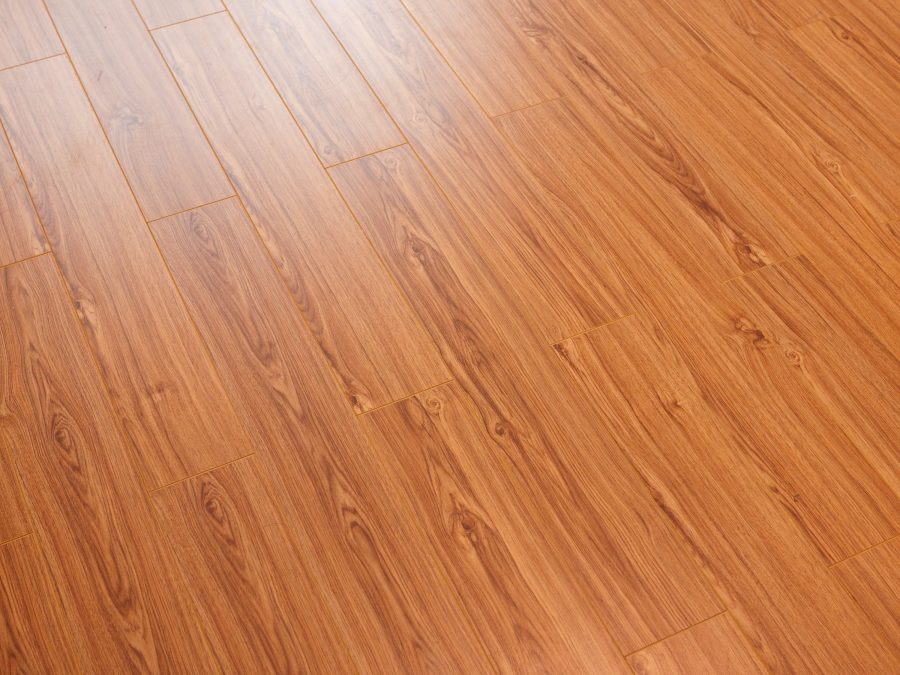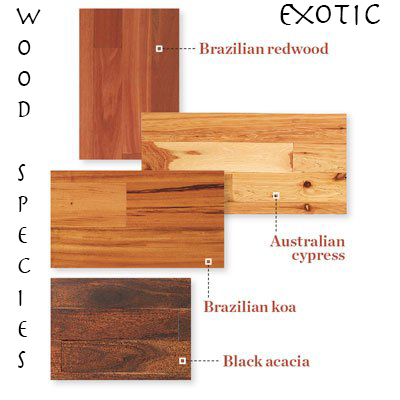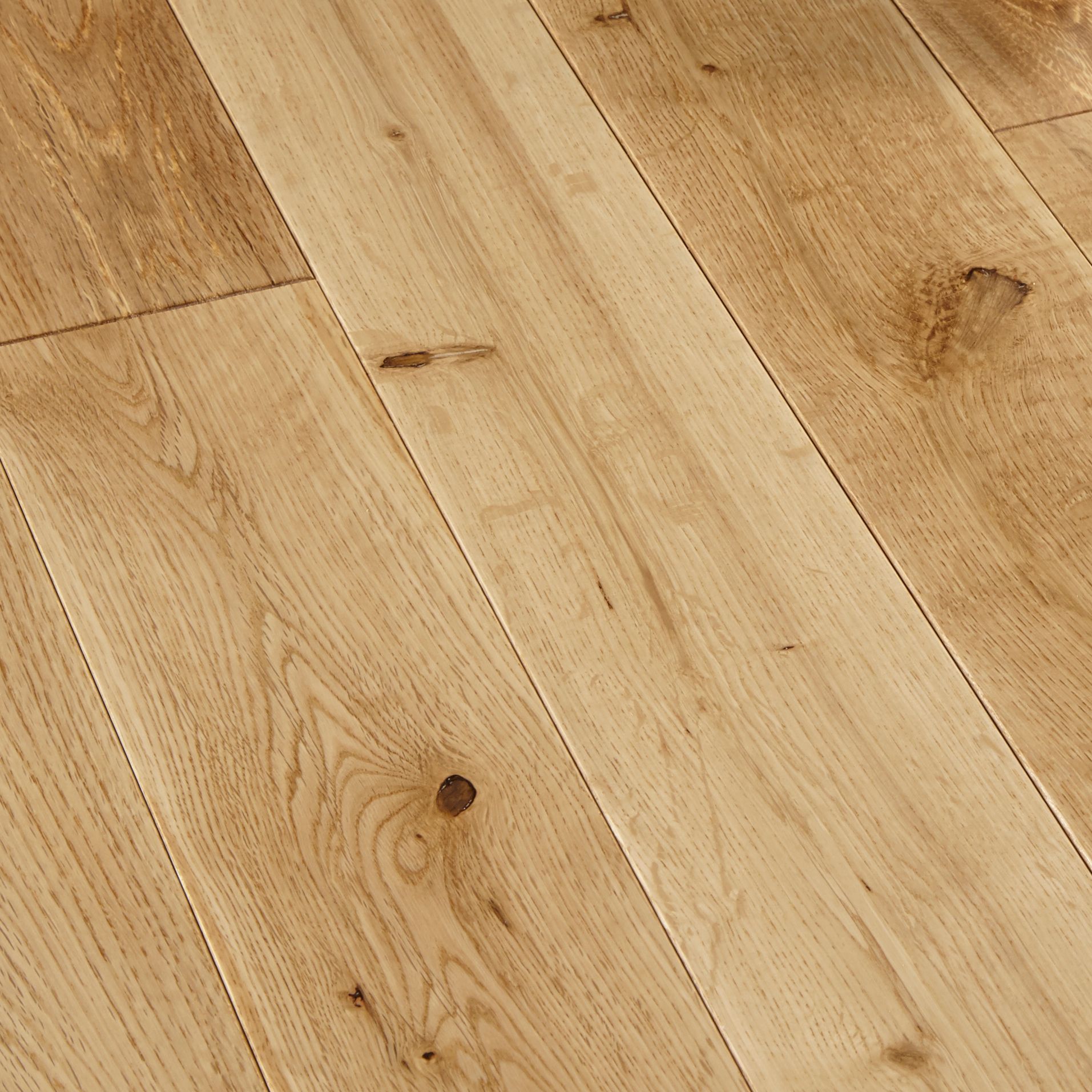Whereas the terminology associated with "hardwood", often results in buying a floor which does not fit allotted budget guidelines or perhaps set up limitations to that will the floor is meant, only a few hardwood floors are actually in-fact; "natural hardwood". You must be careful when moving items around on hardwood floors. Installing natural hardwood flooring is actually labor intensive and difficult.
DIY Unfinished Hardwood Flooring

All flooring waxes and cleansing agents aren't created for those wood floors. This technique allows for custom stain colors to complement a home's design, or simply to produce a distinctive look. Every homeowner looks for stuff that could make the home of theirs one of its model. On the other hand, it's going to look really great alone.
Unfinished Engineered Hardwood Flooring: Why You Should Buy It BuildDirect® Learning

Can it indicate that you should cleanse the laminate flooring daily with water? First you should check out if the floor is very old and has got scraping and seems to be getting dull everyday, don't use water at all. Before you purchase hardwood flooring, search for information that you can employ to discover about hardwood floors. And, every bubble you step on is going to have a creaky sound.
Install Prefinished Wood Flooring Diy flooring, Wall paneling diy, Wood floor restoration

Help with Engineered Hardwood Floor Selection DIY Home Improvement Forum
Distressed Wood Flooring Laminate Wood floors wide plank, Diy flooring, House flooring

Very cool two-tone hardwood floor! Floor design, Hardwood design, Flooring

How To Tell If Your Hardwood Flooring Can Be Saved

Unfinished White Oak Wood Planks – DIY Wallplanks

Do Your Own Hardwood Flooring : Do It Yourself Floors Decorating Your Small Space : Hardwood

Colours Rondo Natural Solid wood flooring 1.296 m² Departments DIY at B&Q
1000+ images about DIY Home Makeover! on Pinterest Vinyls, Tile and Vinyl planks

Your Guide to the Different Types of Wood Flooring DIY

Best Of How To Polyurethane Hardwood Floors Water Based And Review in 2020 Flooring, Hardwood

Hardwood Floor Alternatives – Cheap Flooring Ideas

Installation Perfect Hardwood Flooring

Related Posts:
- Bruce 3 8 Engineered Hardwood Flooring
- Minwax Hardwood Floor Cleaner Directions
- Hardwood Floor Cleaner Bona Reviews
- Hoover Hardwood Floor Cleaner Reviews
- Hardwood Floor Cleaner Vinegar And Water
- Minwax Hardwood Floor Cleaner Instructions
- Bona Hardwood Floor Cleaner 1 Gallon
- Electric Hardwood Floor Cleaner Reviews
- Hardwood Floor Cleaner Recipe Vinegar
- Homemade Hardwood Floor Cleaner Vinegar
